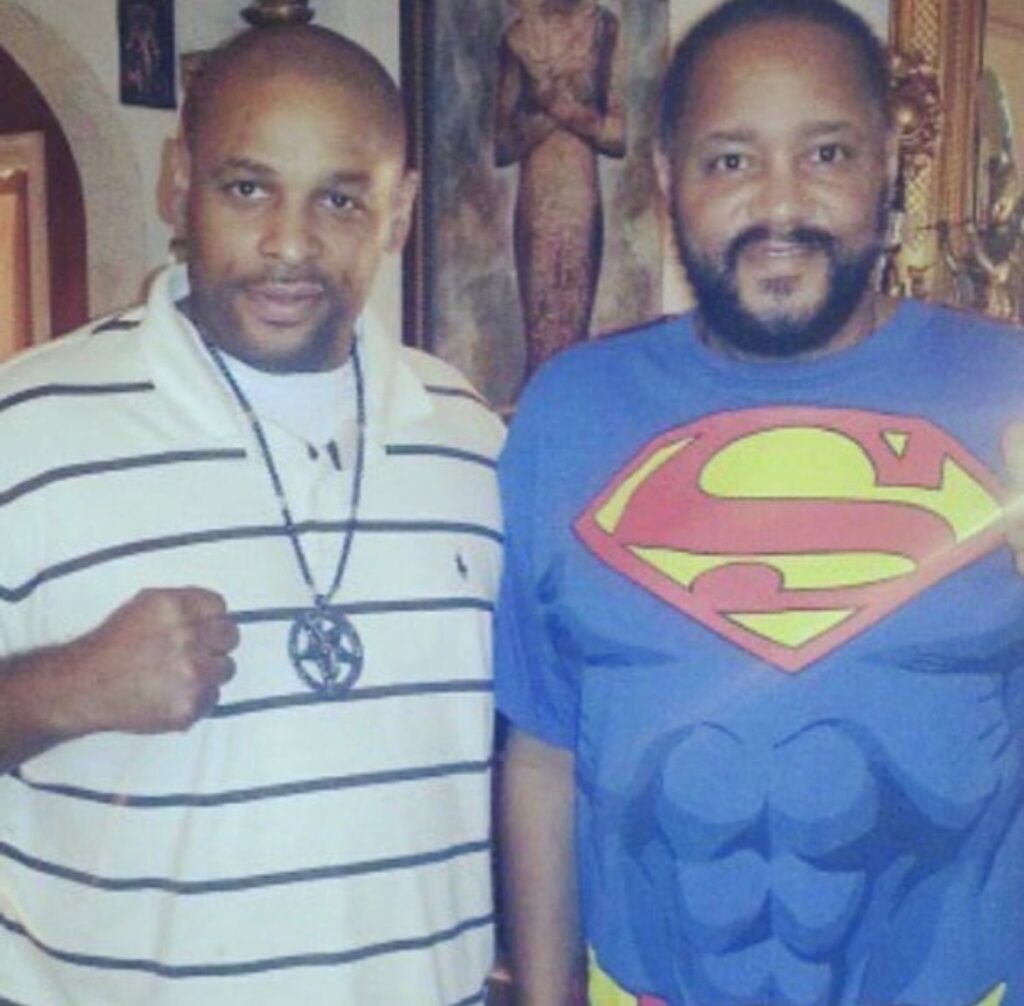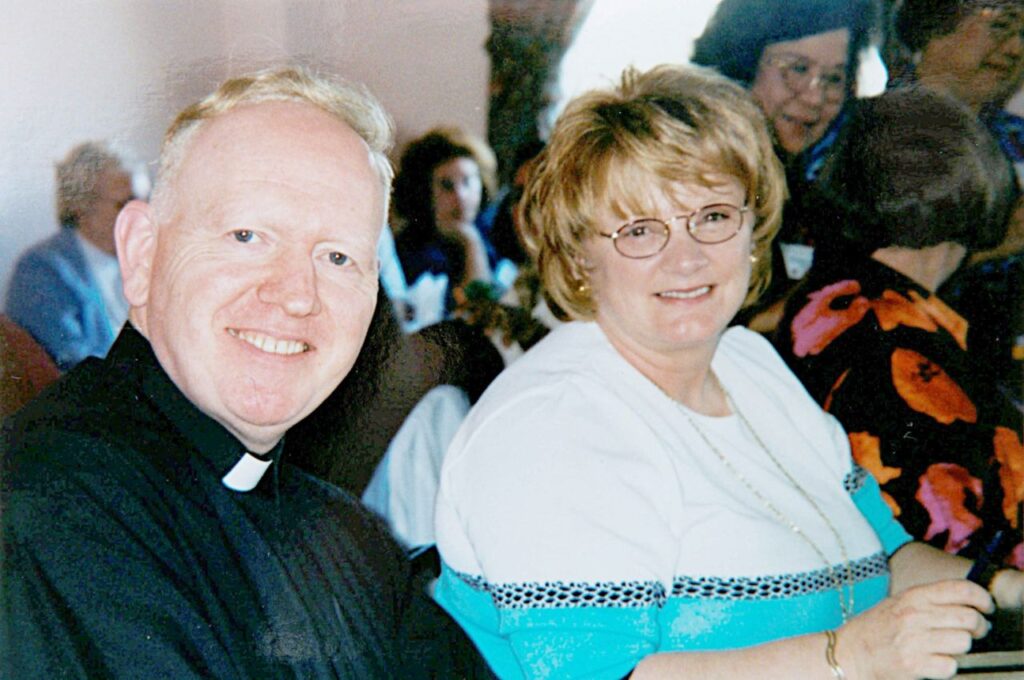A Black Muslim group in Washington D.C., led by Hamaas Abdul Khaalis, known for its adherence to Sunni Islam and involvement in a dramatic siege.
The Hanafi Movement, led by Hamaas Abdul Khaalis, born Ernest Timothy McGhee, was a significant Black Muslim group based in Washington, D.C. This movement was distinctive for its subscription to the Hanafi school of Sunni Islam and for its dramatic involvement in a siege in Washington, D.C.
Early Life and Formation of the Movement
Ernest Timothy McGhee, later known as Hamaas Abdul Khaalis, was born to Seventh-day Adventist parents in Gary, Indiana. His life journey took him through various phases, including a period as a talented jazz drummer and conversion to Roman Catholicism. His formal education included attending Purdue University and the Mid-Western Conservatory, and he served in the U.S. Army but was discharged on grounds of mental instability.
Khaalis’ conversion to Sunni Islam was influenced by his meeting with Tasibur Uddein Rahman, a Sunni Muslim mystic from Kolkata and an active participant in the South Asian Barelvi movement. Rahman introduced Khaalis to the views of the Barelvi movement, after which Khaalis adopted the name “Hanafi,” aligning with the predominant school of religious jurisprudence within the movement. In 1960, Khaalis attempted to persuade Elijah Muhammad, the leader of the Nation of Islam (NOI), to convert to Sunni Islam, but this effort was unsuccessful.
Hanafi Movement and Feud with the Nation of Islam
Khaalis founded the Hanafi Movement after his split from the NOI in 1958. He had previously served as the National Secretary of the NOI and headed the University of Islam in Chicago. His organization, legally named American Social Federation for Mutual Improvement, Inc., was based in Washington D.C. and became a significant Black Muslim group in the area.
The Hanafi Movement’s feud with the NOI was marked by a series of confrontations and disputes. Khaalis openly criticized Elijah Muhammad, accusing him of leading his followers astray. This feud took a personal and tragic turn in 1973.
The 1973 Hanafi Muslim Massacre
On January 18, 1973, Khaalis’ family was brutally murdered in their Washington D.C. home. This massacre was a direct retaliation for the letters Khaalis had written against the NOI. Seven Philadelphia Black Muslims were charged with the crime. Two members of Khaalis’ family survived, but with severe injuries and trauma.
The 1977 Hanafi Siege
In 1977, Khaalis led an attack in Washington, D.C., known as the 1977 Hanafi Siege. The primary motive was to bring attention to the murder of his family and to protest the depiction of the Prophet Muhammad in film. The siege resulted in the deaths of two hostages and ended with Khaalis being found guilty of multiple charges, including conspiracy to commit kidnapping and second-degree murder. He received a sentence of 21 to 120 years in prison.
Death and Legacy
Hamaas Abdul Khaalis died on November 13, 2003, in the Federal Correctional Complex Prison in Butner, North Carolina. The Hanafi Madh-Hab Center, the headquarters of his organization in Washington D.C., continues to operate, mostly used by Khaalis’ descendants.




